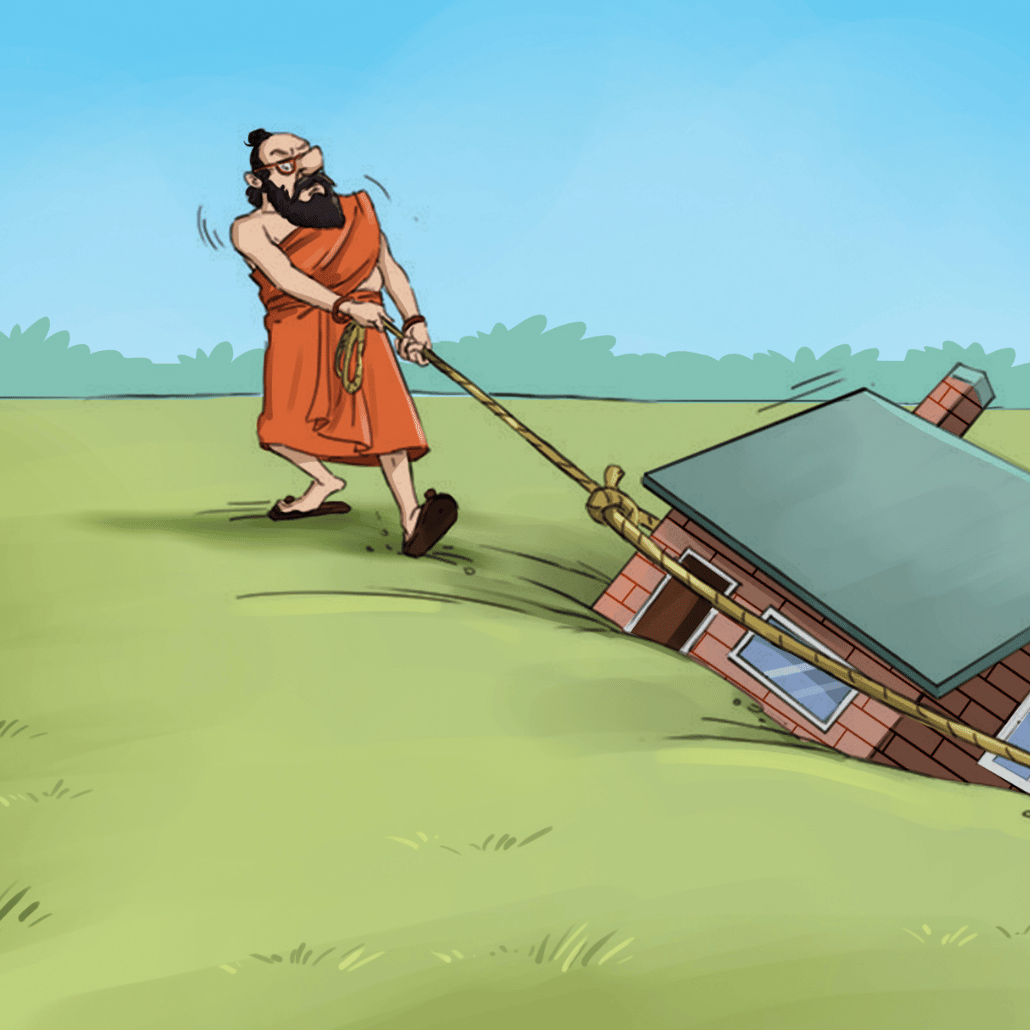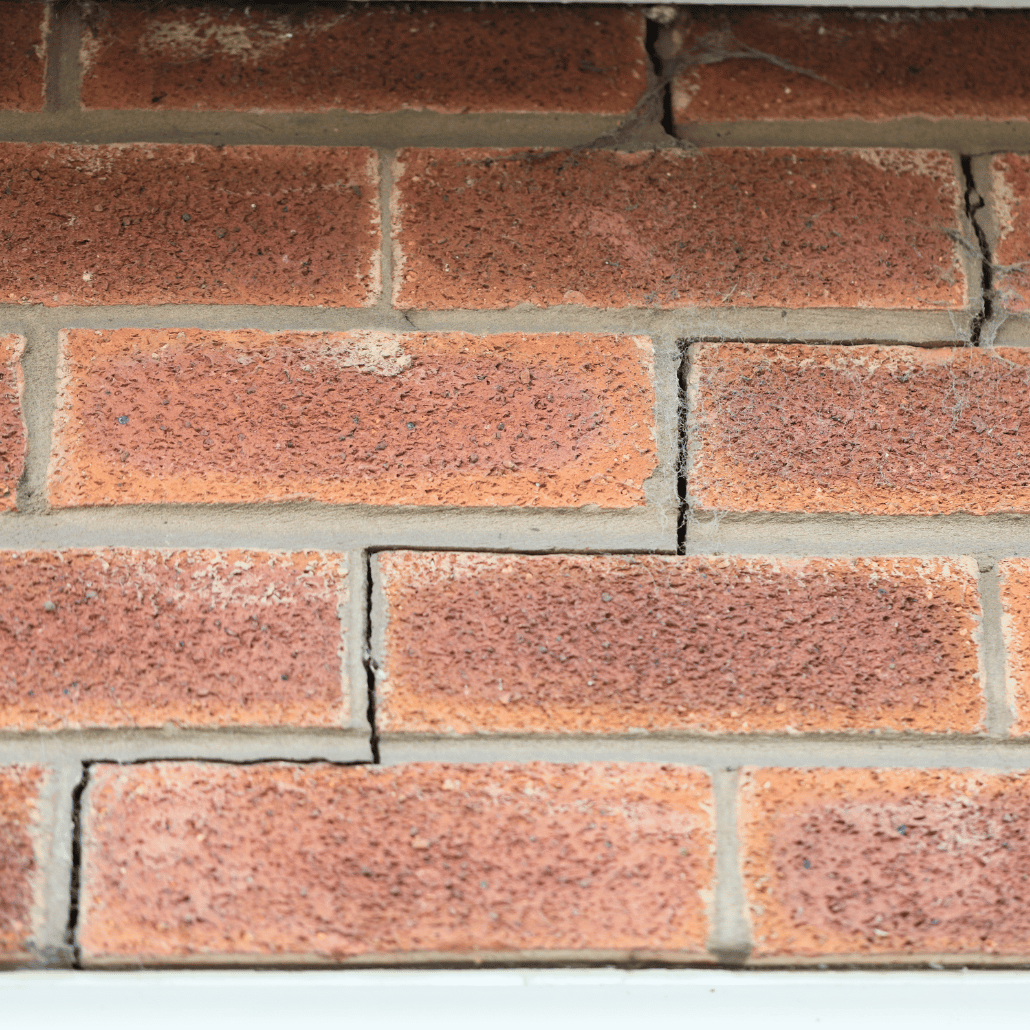How does selling a house with subsidence affect the price?
Any kind of subsidence issue will reduce the value of your home. The level of this reduction will depend on the severity and nature of the subsidence, but on average, selling a house with subsidence will drop the sale price by around 20%.
“On average, subsidence issues will reduce the value of a property by around 20%”
Fully solved, historic subsidence may have less of an impact on the sale price, with that impact reducing further as more time passes since the remedial work was done. Similarly, the more recent your subsidence issues, the more you can expect to lose. Ongoing and unsolved subsidence will have the largest impact, and this can reduce the sale price by as much as a third.
Your responsibilities when selling a house with subsidence
There is nothing to gain by trying to hide the problems when selling a house with subsidence. Potential buyers will almost always have a survey done, and even the most basic report will cover subsidence. If your buyers find out you have not been open and honest, it can break their trust and derail the whole sale.
“You are legally obliged to disclose known subsidence issues to potential buyers”
While you could, in theory, claim ignorance of a current problem, it is illegal not to disclose historic issues when selling a house with subsidence. The Seller’s Property Information Form, TA6, specifically asks about this and you must answer honestly. If you fail to disclose a known subsidence issue, past or present, on this form, you can be sued by your buyers for misrepresentation, with damages running into tens of thousands of pounds
Dealing with the stigma when selling a home with subsidence
Regardless of whether your home has historic or current subsidence, there will be a stigma attached to it. Most buyers do not have an in-depth understanding of the subject, and so the very mention of subsidence, in any form, will put them off completely.
Unfortunately, the same is true for many mortgage lenders, who will not lend on properties with any history of subsidence, past or present. Most home insurance companies will either not offer cover, or insist on punitive prices and substantial excess levels to cover a property with subsidence.
“The stigma of subsidence can put off buyers, insurers and mortgage lenders”
Even if you undertake extensive and expensive repairs to fix your problems, the stigma of subsidence can be hard to shake off. You need to understand this attitude and be prepared for it when it comes to selling a house with subsidence.
Should you repair first when selling a house with subsidence?
There are arguments both ways on whether it is worthwhile repairing a home with subsidence before selling. On the one hand, if you get the work professionally done, with credible reports from a structural engineer and guarantees from your builder, then the subsidence can be moved from being a current issue to an historic one. Your buyers will not have to face the upheaval of doing the work themselves and you will not have to accept a large drop in the asking price to cover the cost of the work. In many cases, subsidence work will be covered by your home insurance, so you will not have to pay the full cost.
“There are arguments both for and against fixing subsidence problems before selling”
On the other hand, trying to solve your subsidence issues before selling can be a long and frustrating process and there are no guarantees that the work will be successful. You may invest a significant sum in structural repairs, such as underpinning, only to find that further work is required. What’s more, it can take many months of precise monitoring and assessment for a structural engineer to be satisfied that the issue has been completely solved. If you want to sell your home fast, doing subsidence repair work ahead of the sale is not your best option.
Providing repair quotes when selling a house with subsidence
Rather than undertaking the work yourself, it is often better to provide potential buyers with detailed costs for the work involved. This will give them a clear picture of what they are taking on and can form a solid basis for negotiations.
“Offering detailed costs for remedial work will help your sale”
Remember, even if you arrange the work yourself, you will still have to accept some reduction in price because of the stigma of subsidence. By providing detailed costings, and a corresponding price reduction, you may be able to avoid this additional cost, as your buyers will already feel like they are getting a lower price. It is worth noting, however, that most buyers will expect you to reduce the price by more than just the cost of the quote, to compensate them for the inconvenience of having work done. You will also miss out on any contribution from your home insurers.
Selling a house with subsidence at auction
One solution for selling a house with subsidence is to sell at auction. Auctions attract many more cash buyers, who will not need to secure a mortgage to buy your home. They also attract property developers, who have the ability to undertake remedial work themselves at a lower cost. You still need to be open and honest about the condition of your home, and you should still expect a lower price, but a bidding war could achieve a better price than the open market.
“Auction sales can be a good way of selling a house with subsidence”
The other advantage of selling at auction is that the buyers are legally obliged to complete the purchase. There’s no opportunity to get cold feet or change their mind as they investigate the implications of your subsidence issue.




 Cash House Buyer Guru
Cash House Buyer Guru